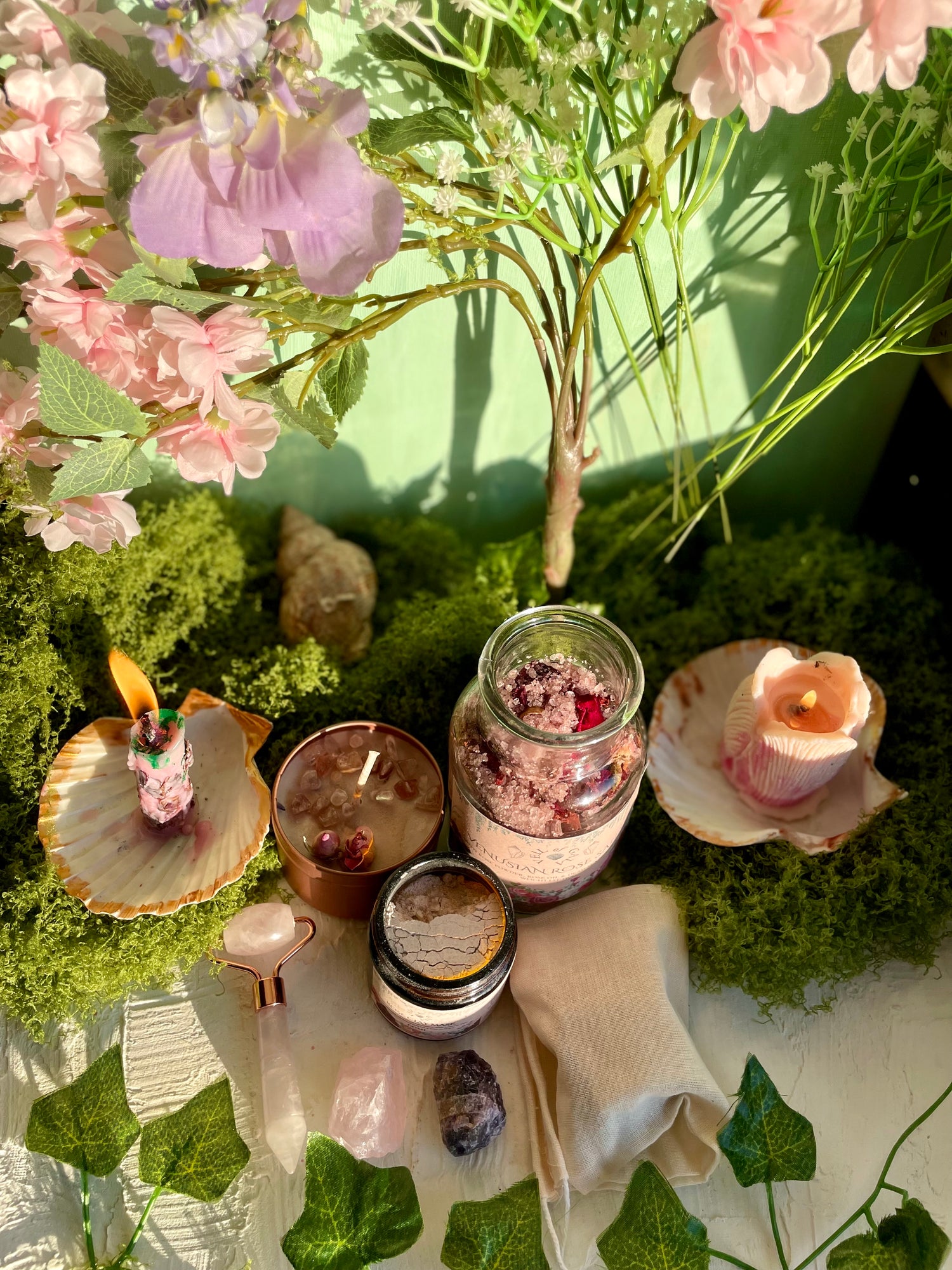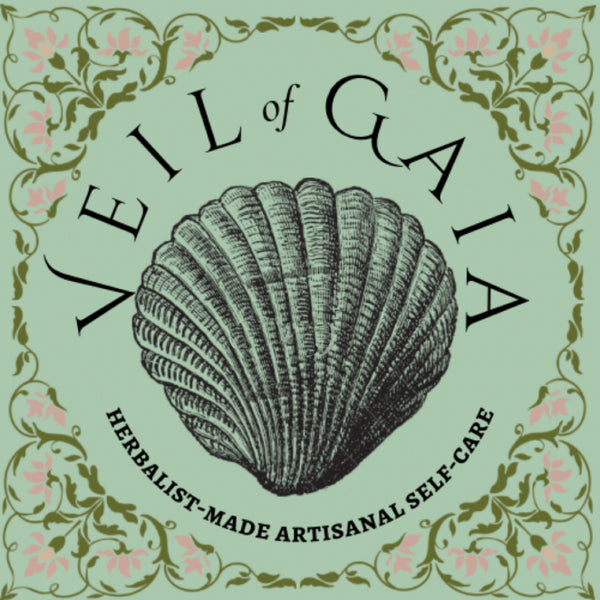The elder tree is fascinating. With such a deep history infused with rich lore and age-old medicinal, healing remedies surrounding this wise tree, it's hard not to feel absolutely enchanted by it...
Lore:
The elder is an ancient tree, with legend, myth and metaphysical symbolism dating back centuries. Spiritually, the elder is ruled by the planet Venus, the element water and associated with the number 5 due to the fact that each delightful little elderflower has 5 petals, 5 yellow stamens and 5 sepals which form the tiny green star. How magical, right?

Symbolically, the elder is most commonly associated with judgement, transformation, regeneration and fate. Alongside water, the elder is also associated with the element of air, especially seeing as elder stems are often made into flutes, pipes or whistles due to their spongy cores being easy to hollow out.You may often read that the elder is associated with death and keeping evil witches at bay. This is possibly sourced from the fact that burning elder creates toxic cyanide fumes if inhaled, hence the spooky lore surrounding the tree.
Despite these anti-burning elder tales, the elder tree is still very much associated with fire, as the name 'elder' comes from the Anglo-Saxon word 'aeld' which translates to fire. This is because the hollow stems were often used as bellows to blow air into the middle of a fire. In an ancient Greek legend, Prometheus took fire from the gods at Mount Olympus and the hot coals he carried were placed in an elder stem.
Druids considered the elder tree 'The Elder Mother', and it was deemed a sacred tree inhabited by a female tree spirit, or dryad. In the Celtic tree calendar, the 13th month was the Elder Moon (Nov 25-Dec 21), not only reiterating its association with renewal and transformation from its agricultural context but also implying that those born under the influence of the Elder Moon were to be gifted with a vibrant and fertile imagination and would take great pleasure in taking care of others.
Regarding Fae folklore, many believed that placing yourself under the elder tree on Midsummer's Eve would enable you to see the faery king, queen and their train passing by!

Medicine & Herbalism:
The elder tree, or Sambucus Nigra, belongs to the Adoxaceae family and is mostly native to Great Britain & Ireland. The medicinal parts used of the tree are the flowers and berries, but this post will focus on the flowers.
When we think of the healing properties of the elder tree, we often only think of the berries. However, elder flowers have heaps of healing qualities, ranging from being anti-viral, diuertic, expectorant, relaxant and circulation-stimulating. German physician Michael Ettmueller (1644-1683) described the elder as “the medicine chest of the country people”.

Elderflowers are most commonly consumed as tea, once dried. The tea has so many health benefits, including:
-Helping to calm and relax the senses, reducing stress, anxiety, fear and mood imbalances.
-Improving sleep
-Reducing irritation and inflammation in the gut as a great digestive tonic herb. It possesses anti-inflammatory and anti-spasmodic properties that support gut health and are great for heartburn, acid reflux, peptic ulcers, gastritis infections, bloating, gas, colic and wind.
-Treating symptoms of respiratory infections, decongesting the respiratory tract, reducing sinus congestion, relieving coughs, alleviating symptoms of sore throats, tonsillitis, flu, fevers and colds.
-The flowers can also be used locally as an eyewash for irritation and conjunctivitis.
Elder helps to open up all of those tubes of our body (ranging from the skin, lungs, colon, kidney, blood vessels), improving oxygenation, blood flow, perspiration, and elimination by the colon and kidneys.
Elderflowers were also key remedies for fevers, particularly respiratory influenza. The flowers are advised to be taken at the onset of respiratory infections for their diaphoretic properties to promote sweating and circulation. Regarding flu and cold symptoms, the elder is great for clearing mucus, whether nasal or lung. This mucus-clearing property is also why elderflowers are often a remedy for other conditions such as hayfever, asthma, sinusitis etc.
Preparation:
Elderflowers are incredibly versatile and can be taken in a variety of ways, from infusions, teas, syrup. tinctures, vinegar, cordials (a very popular form!) etc.
Elderflower Tea Recipe:
Ingredients:
- 1 Tablespoon of Dried Elderflowers
- 1-2 Cups of Water
- Honey or Lemon to Taste (Optional)
How-To:
- Boil the water in a kettle or saucepan.
- Add the water to the elderflowers and allow to steep for 5-10 minutes.
- Strain the tea and add your optional lemon or honey (or any other kind of sweetener/flavour). Enjoy!


Making tea is so simple, yet a beautiful ritual in itself. That's why making tea with a healing herb like flowers from the magical elder make it all the more divine. I love to keep dried elderflowers in a jar in the run-up to winter, when those nasty respiratory infections and colds tend to creep up on us the most. Stay tuned for Part 2 of The Elder Chronicles, when nature will turn these flowers into one of my favourite healing remedies...elderberries.

IMPORTANT
Caution: Never ingest elder leaves and stems, or eat the berries raw. The raw seeds contain cyanogenic glycosides.
Recommended Doses:
Externally: No limit
Internally:
- Dry herb: 5 to 25g by infusion/decoction per day
- Tincture 1:3, 15-50ml per week


